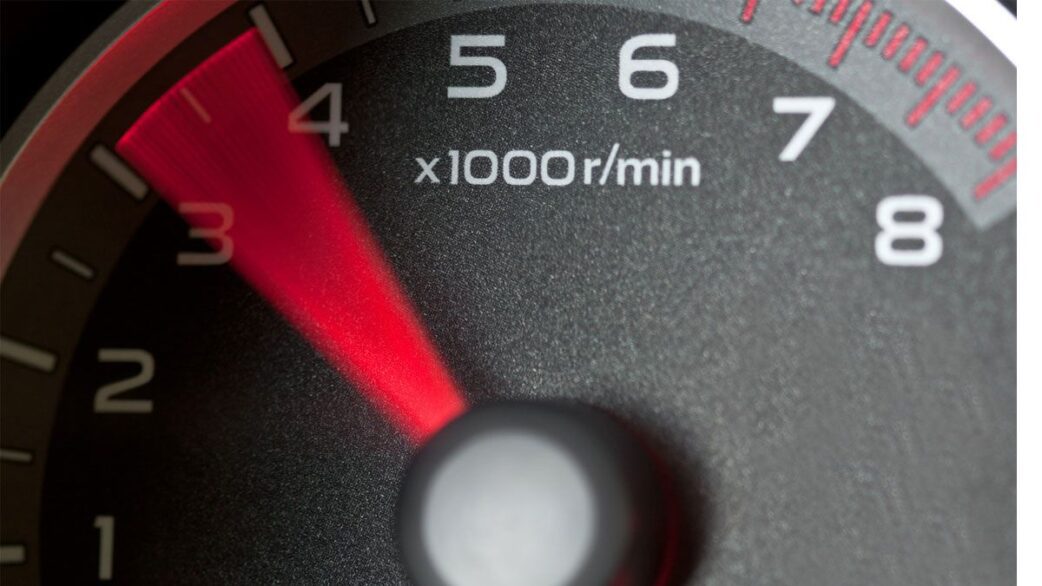When it comes to cars and engines, there are many misconceptions that prevail. One such misconception is the assumption that more cylinders mean higher revolutions per minute (RPMs). While it is true that the number of cylinders in an engine can affect its performance and power output, it does not necessarily determine the engine’s RPM capabilities.
The RPM refers to the number of times the engine’s crankshaft completes a full rotation in a minute. This measurement is critical in understanding an engine’s performance characteristics and how it delivers power to the drivetrain. The RPM range typically determines the engine’s horsepower, torque, and overall power delivery.
Several factors influence an engine’s RPM capabilities, including its construction, design, and technological advancements. The number of cylinders is only one aspect of an engine’s overall design and does not solely determine the RPMs it can achieve. Instead, an engine’s RPM range is determined by various other factors, such as the stroke length, bore size, compression ratio, valvetrain design, fuel delivery system, and the overall weight and balance of the rotating assembly.
Cylinder count primarily impacts an engine’s power output, smoothness, and overall performance. In general, engines with more cylinders tend to produce more power due to the increased combustion events occurring simultaneously. This leads to smoother operation and reduced vibration, as each cylinder fires at different intervals.
However, the relationship between cylinder count and RPM capabilities is not as straightforward. An engine’s RPM range is determined by its ability to intake, combust, and exhaust air-fuel mixture efficiently. The engine’s design, valvetrain, fuel delivery system, and its overall balance play integral roles in achieving high RPMs.
Smaller engines with fewer cylinders can achieve high RPMs thanks to their lighter rotating assembly and improved balance. This allows the engine to rev more freely and deliver power higher up in the RPM range. High-performance sports cars and motorcycles often utilize smaller, high-revving engines to maximize power output and acceleration.
On the other hand, larger engines with more cylinders tend to have a lower redline and achieve peak power at lower RPMs. This is due to the increased displacement and the engine’s design optimization for low-end torque. Examples include V8 engines that provide ample low-end grunt and are ideal for towing or hauling heavy loads.
Ultimately, it is important to remember that an engine’s overall performance is a result of multiple factors working together. While more cylinders can generally lead to greater power output, it does not automatically equate to higher RPM capabilities. Numerous other factors come into play, such as the engine’s design, balance, valvetrain, and fuel delivery system.
Furthermore, advancements in technology such as variable valve timing, forced induction, and direct injection have enabled smaller engines to achieve impressive power and high RPM capabilities. These advancements have allowed manufacturers to build smaller, more fuel-efficient engines without sacrificing performance.
Do 4 cylinders rev higher?
No, the number of cylinders in an engine does not determine the rev range. The rev range is influenced by factors such as the engine’s design, components, and tuning. Generally, a higher rev range is associated with performance-oriented engines, but this can be achieved with both 4-cylinder and larger engines. However, it is worth noting that smaller engines with fewer cylinders may reach their power peak at higher RPMs compared to larger engines, simply because they have less displacement and need to rev higher to produce adequate power. Ultimately, the specific engine’s characteristics and design choices determine its rev range, not just the number of cylinders.
The number of cylinders in an engine does not necessarily determine which one is faster. Other factors such as engine displacement, turbocharging, and tuning play a significant role in determining the speed and performance of a vehicle. Typically, larger engines with more cylinders have more power and torque, which can translate to faster acceleration. However, advancements in technology have allowed smaller, turbocharged engines with fewer cylinders to produce similar power and performance. Ultimately, it depends on the specific engine and how it is designed, tuned, and utilized in a vehicle. Thus, it is not accurate to claim that one is inherently faster than the other based solely on the number of cylinders.
Do more cylinders make a car louder?
The number of cylinders in a car’s engine does not directly determine its overall noise level. Instead, various factors contribute to the noise produced by a vehicle, including exhaust system design, engine tuning, and the presence of sound insulation materials. While it is true that a higher number of cylinders can result in a potentially louder exhaust note, this is not always the case. With advancements in engineering and technology, car manufacturers can design engines with multiple cylinders that are relatively quiet, while still producing ample power and performance. Therefore, it is important to consider multiple factors when determining a car’s noise level, rather than just the number of cylinders.
Does 4 cylinder consume more fuel?
In general, 4-cylinder engines tend to consume less fuel compared to larger engines with more cylinders. This is because 4-cylinder engines have smaller displacement and produce less power, resulting in lower fuel consumption. Additionally, smaller engines have less internal friction and weight, leading to improved efficiency. However, there are exceptions to this rule, as some 4-cylinder engines may be turbocharged or designed for high performance, which can increase their fuel consumption. It’s important to consider other factors like driving habits, vehicle weight, and aerodynamics when determining fuel consumption, as they can also impact fuel efficiency regardless of cylinder count.
Related Posts:
How to remove tailgate interior panel
Why did cars change from positive to negative earth
Do more cylinders mean more RPMs?
In conclusion, the number of cylinders in an engine does not directly determine its RPM capabilities. While more cylinders generally correlate with increased power output, an engine’s ability to achieve high RPMs is influenced by various other factors, including design, balance, valvetrain, fuel delivery, and technological advancements. It is essential to consider the engine as a whole rather than solely relying on the cylinder count when evaluating its performance characteristics.



